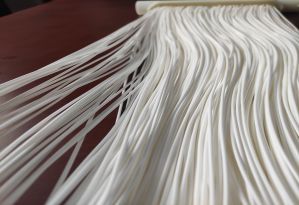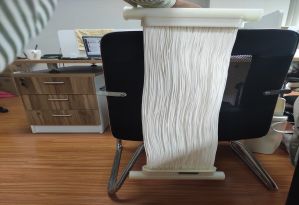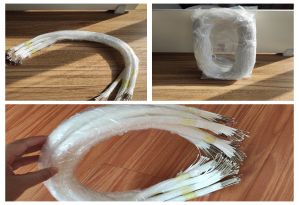Hollow Fiber Membranes Play a Crucial Role in MBR (Membrane Bio-Reactor) Systems
March 08, 2024
1. Filtration and Separation Hollow fiber membranes are thin tubes with tiny pores. These membranes act as a physical barrier, allowing water and small molecules to pass through while retaining suspended solids, microorganisms, and other impurities.

2. Membrane Module Hollow fiber membranes are typically packaged in membrane modules, which consist of a large number of membrane fibers bundled together. The modules provide a compact and efficient filtration surface area.

3. Biological Treatment Support: In MBR systems, the hollow fiber membranes are placed inside the bioreactor, providing a stable environment for the growth of microorganisms. The membranes separate the biomass from the treated water, allowing for higher concentrations and improved treatment efficiency.

4. Improved Efficiency: By using hollow fiber membranes, MBR systems can achieve higher solid-liquid separation efficiency compared to traditional biological treatment methods. This leads to better water quality, reduced sludge production, and smaller footprint for the treatment facility.
5. Operation and Maintenance: Hollow fiber membranes are relatively easy to operate and maintain. They can be backwashed to remove accumulated particles and restore membrane performance.
6. Applications: MBR with hollow fiber membranes is widely used in wastewater treatment, water purification, and other applications where high-quality treated water membrane is required.
Overall, the hollow fiber membranes in MBR systems offer an effective means of solid-liquid separation, enhancing the performance and efficiency of the biological treatment process. Their small pore size and large surface area enable the removal of contaminants, resulting in cleaner and more purified water. The use of hollow fiber membranes in MBR technology has become increasingly popular due to its numerous advantages in wastewater treatment and water purification.





 Language
Language






 Network Supported
Network Supported